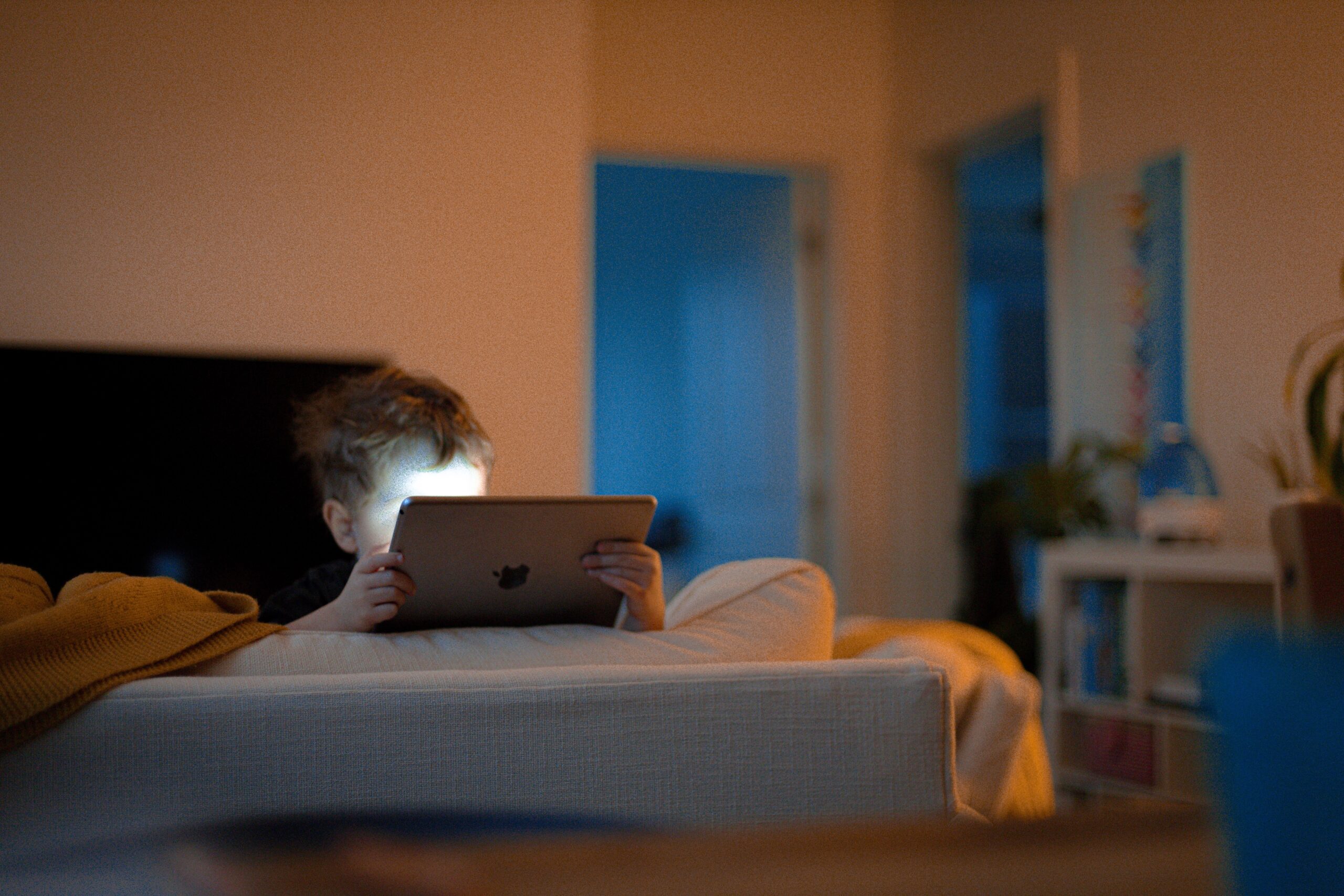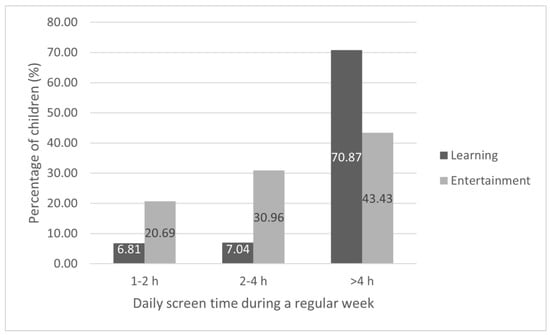Overexposure to screens can be a source of anxiety for children. Indeed, tablets and other devices have become ubiquitous in our daily lives, with all the negative effects that implies. What's more, excessive use can lead to a variety of health problems, including behavioral disorders and anxiety. In this article, we'll break down the dangers associated with excessive exposure to screens and the steps parents can take to protect their children REF [^1^].
Screen abuse and behavioral problems in children
Children are particularly vulnerable to the harmful effects of screens. Prolonged exposure is likely to cause behavioral problems, such as irritability, aggressiveness and attention problems REF [^2^].
Screens and children: physical and behavioral impacts
Screens can have negative effects on children's overall development. Overexposure will impact both their physical and mental well-being. Physical problems include eye strain, while behavioral impacts can include sleep disorders and anxiety REF [^3^].
How to prevent the effects of screens
It's up to adults to set rules for screen use and encourage off-screen activities. Parents can also use parental control applications to monitor and limit screen time. Regular breaks should also be encouraged, as should good posture to avoid eyestrain and headaches.
What are the rules for 0- to 9-year-olds?
Nevertheless, the best recommendation remains the following. Young parents are advised to ban all access to screens for children under 3 REF [^4^]. From 3 to 6 years of age, a very limited exposure of a few minutes and occasionally is acceptable, although no screen is preferable. For 6-9 year-olds, screen time should be restricted to one hour daily, for educational purposes and under adult supervision.
What are the recommendations for 9- to 18-year-olds?
Children aged 9 to 12 can use educational screens without Internet access, always under adult supervision. Between the ages of 12 and 16, controlled Internet access is permitted in the presence of an adult. Finally, between the ages of 16 and 18, teenagers can enjoy greater freedom of access to the Internet, provided that use remains educational and informative, even if constant adult supervision is no longer required.
Are too many screens bad for your health?
Excessive exposure to screens can have serious consequences for health and school performance. It can also have an impact on the personality and behavior of younger children.
Screens and blue light, beware!
The blue light emitted by screens can disrupt circadian rhythms and contribute to sleep disorders. We recommend using blue-light filters and limiting the use of screens before bedtime.
Screens: problems falling asleep?
Children who spend too much time in front of screens are likely to have difficulty falling asleep and maintaining quality sleep REF [^5^]. In addition, before bedtime it can delay sleep onset and reduce the duration of deep sleep.
Screens: what impact on cognitive development?
Excessive screen use can hinder children's cognitive development. In addition to disrupting their concentration, it will affect their learning abilities and memory.
Screens: what impact on mental health?
Screens can also have an impact on children's mental health, with an increased risk of depression, anxiety and other mental disorders in children and adolescents.
A sedentary lifestyle: the main physical impact of overexposure in children and adolescents
Children who spend too much time in front of screens are more likely to gain weight and develop health problems associated with obesity.
Sedentary lifestyles and obesity
There is a direct link between screen time and the risk of obesity in children and adolescents.
Sedentary lifestyles and health problems
A sedentary lifestyle can also contribute to other health problems, such as type 2 diabetes and cardiovascular disease. Musculoskeletal problems and poor blood circulation cannot be ruled out either.
Do screens encourage teenagers to become depressed and drop out of school?
There is evidence to suggest that there is a link between excessive screen use and depression and school drop-out in adolescents. This also manifests itself in an increase in depressive symptoms and a drop in school performance.
Abnormal use of screens highlighted by the Haut conseil de santé publique (French public health council)
The French High Council for Public Health has stressed the need to limit screen time among children and teenagers. It also warned of the dangers of overexposure, particularly among young people.
More than one in two teenagers has at least one sleep disorder
Sleep disorders are common among teenagers who use screens excessively, especially before bedtime.
Video games as an outlet
Although video games can be used as an outlet, excessive use can have negative consequences. It can, for example, lead to behavioral problems.
Screen use and interpersonal relationships
Overexposure to screens can affect the quality of interpersonal relationships, particularly among teenagers. Time spent with family and friends is reduced.
Relationship problems linked to misuse of social networks
Social networks can contribute to relationship problems, such as jealousy and feelings of isolation and frustration.
Video games and aggressive behavior
There is a link between violent video games and aggressive behavior in some teenagers. Certain video games are likely to encourage this type of behavior, especially if played excessively.
Talking to your teen about cyberbullying
It's important to discuss cyberbullying with teenagers and put prevention strategies in place. We need to educate them on how to protect themselves online.
Exposure to screens and anxiety: what's the connection?
Excessive exposure to screens can contribute to anxiety in children, adolescents and young people in particular.
Educating and raising awareness of the dangers of screen addiction among adolescents and children
It is the responsibility of adults to educate and raise awareness among children and teenagers of the dangers of screen addiction. We should also promote the healthy use of these devices.
The importance of the parent-child relationship in combating children's addiction to screens
The parent-child relationship is important in preventing screen addiction. Parents also play a key role in regulating their children's use of screens.
Does parental addiction to screens automatically lead to addiction in children?
Parents need to be aware of their own screen use and its impact on their children. Indeed, if they are addicted to screens, their little ones are more likely to develop a similar addiction.
In conclusion,
It's essential to be aware of the dangers of excessive exposure to screens, and to implement prevention strategies to protect children's mental and physical health. It's our responsibility to look after the well-being of our little ones.
Disclaimer
This article is based on general knowledge and does not replace professional medical advice.
References
Footnotes
REF [^1^] The dangers of screens for children ↩
REF [^2^] The impact of screens on child development ↩
REF [^3^] The real impact of screens on children's development ↩
REF [^4^] No screens before age three ↩
REF [^5^]Screens and those around you: young children and screens ↩










